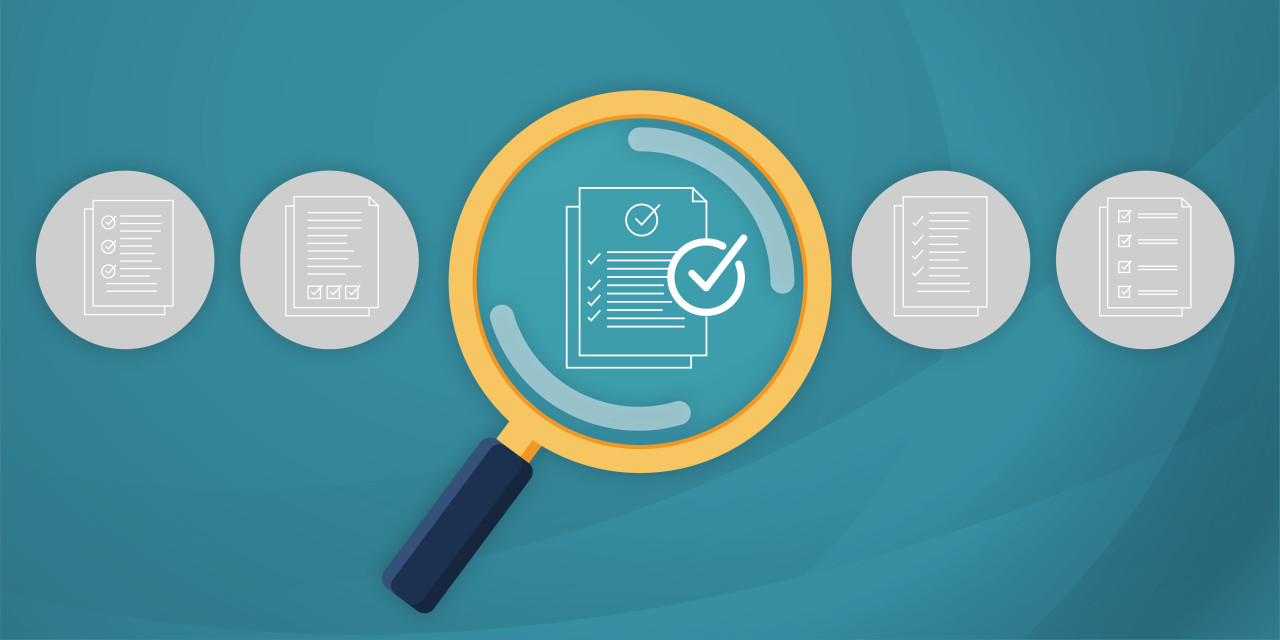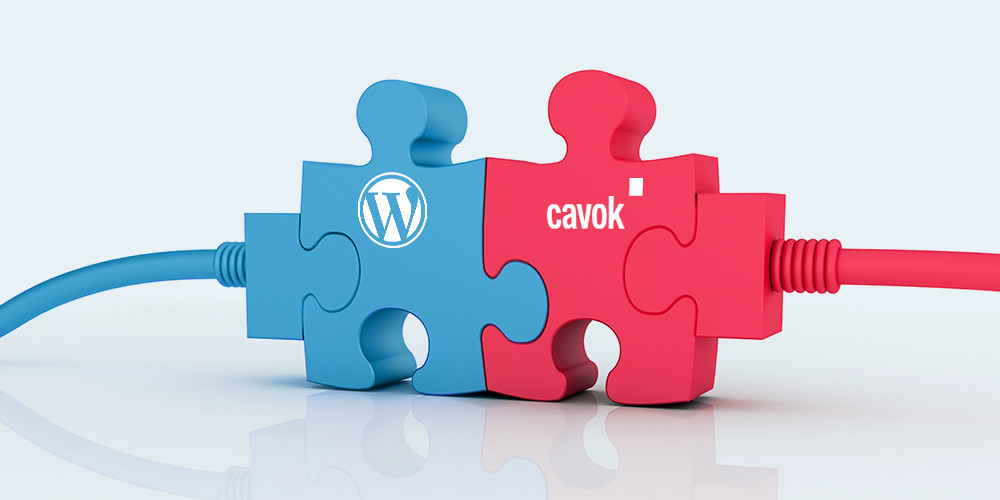Why the right approach to choosing a DAM matters more than the longest wish list. The decision has been made: You need a Digital Asset Management (DAM) system. That's the first step done! But now it gets tricky – which DAM truly fits your organisation? We often see this: Companies draw up meticulous requirement catalogues, compare features down to ...
Companies, organisations and agencies need a large number of digital images for their external presentation on websites, in online shops, in social media or in flyers and presentations. In order to perfectly manage these data volumes, many companies rely on digital asset management systems (DAM systems). Especially when it comes to larger photo sho...
As a website creator using WordPress you want to integrate images, videos or other assets directly without searching and manual uploading? No problem at all with our digital asset management system Cavok meeting WordPress. Cavok digital asset management helps you managing your company assets in one place. You can easily integrate your assets into W...
A picture is worth a thousand words - but only if you actually recognise something. If a picture is "pixelated", it could be difficult. To make sure that everything looks the way you want it to, we explain what pixels are about and how mistakes can be avoided when printing pictures or sending digital images. Dpi stands for "dots per inch" and is a ...
Digital asset management is all about metadata. Without a well-maintained and useful metadata structure, it is difficult to move away from the classic folder structure. Clever search and filter functions in a DAM system can make it easier to find files. However, this requires a sensible metadata structure and/or keywording of all digital assets. Th...




